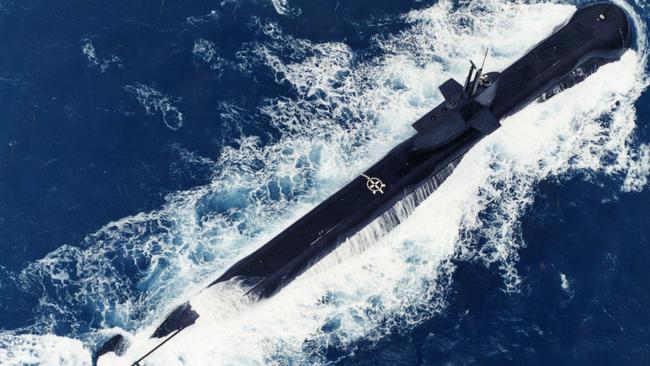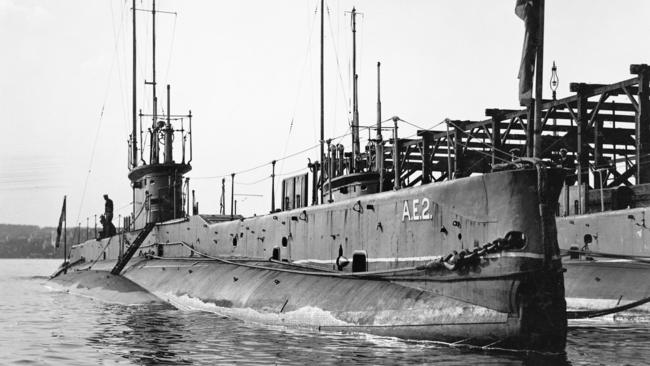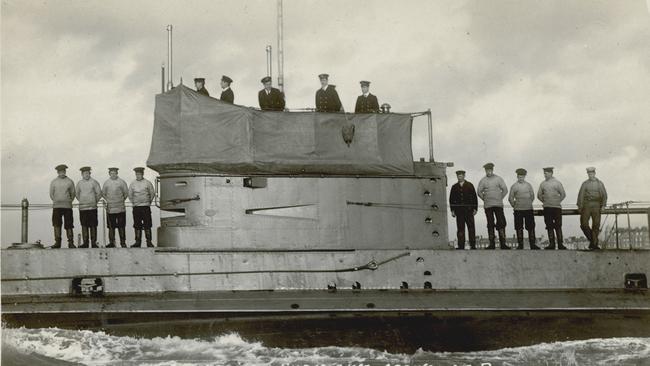Submarines offer Australia’s best defence
THIS week, hopefully, South Australia may win the biggest contract in its history - the $50 billion Future Submarines deal. So why are submarines so important?

SA News
Don't miss out on the headlines from SA News. Followed categories will be added to My News.
SUBMARINES have played a vital role in Australia’s defence history. For an island nation, they offer the most effective deterrent and defensive capabilities of any weapon system short of nuclear weapons.
WHY SUBS?
SUBMARINES are a hot topic in South Australia – and the nation – at the moment, and for good reason.
The Federal Government is poised to make a decision within days on plans to build most, if not all, of the 12 future submarines in Adelaide at Osborne’s ASC shipyard.
Submarines are an integral part of Australia’s defence given the nation is an island continent.
Australia is almost totally reliant on open sea lines of communication from our existence and submarines offer the most effective deterrent and defensive capabilities of any weapon system short of nuclear weapons.
Submarines can be sent in secret anywhere on the planet to conduct intelligence and surveillance missions or strike operations without being detected.
A critical aspect of submarines is they need to be stealthy and possess extreme range.
Defence Teaming Centre chief executive Chris Burns said they were “probably the most vital piece of military hardware we (Australia) have”.
“We’re an isolated island nation (and) over 90 per cent of our imports and exports all come via sea,” he said. “Every day they are out on operations and are collecting intelligence and ensuring our nation’s security.”
Mr Burns said he believed the Federal Government could make an announcement about a South Australian submarine build this week.
“We’ll need to start building infrastructure and workforce the day after the announcement is made,” he said.
“What you get if you’re building submarines (is) you’re learning innovation – that way you’re learning every time you evolve a design, build them better and that improves your nation.
Mr Burns said he hoped the Federal Government would announce “whole submarines” to be built in SA “otherwise we rely on other countries”.
“If we’re in a time of trouble ... we want to be able to repair it, upgrade and maintain it here in Australia,” he said.

WORLD WAR I
The Royal Australian Navy has a long and proud tradition of submarine operations and the “silent service” has been running since 1910 when the first boats – AE1 and AE2 – were ordered from the British yard at Barrow-in-Furness.
The 800-tonne vessels were commissioned at Portsmouth in February 1914, and after an epic journey under their own steam and under tow via Suez and Singapore, they arrived in Sydney in May 1914 just three months before the start of the Great War.
At the outbreak of war they were deployed to German New Guinea to intercept German shipping.
On September 14, AE1 was lost without trace with 35 hands off Rabaul in New Britain, triggering one of the most enduring maritime mysteries in Australia’s history.

GALLIPOLI
AE2 left Albany with the second Anzac Convoy on December 31, 1914 and was towed across the Indian Ocean, where she joined the British naval squadron for operations off Gallipoli.
On the first Anzac Day, April 25, 1915, the boat entered the Dardanelles Straits on the surface to begin attacking Turkish shipping.
During the next five days the boat, under the command of Lieutenant Commander Dacre Stoker, ran the gauntlet and disrupted enemy shipping before being sunk without loss of life on April 30 off Kara Burma Point in the Sea of Marmara, where she would lay undisturbed until she was found in 1998.
WORLD WAR II
After the war the British Government gave Australia several warships, including six of the new double-hulled ocean going ‘J” Class submarines, but the boats were scrapped in 1924.
During World War II Australia had no submarines, but Brisbane, Fremantle and Exmouth in WA were used as US submarine bases.
COLD WAR
It was not until 1967 that the submarine force was reconstituted, with the arrival of the first of six Oberon Class boats at HMAS Platypus in Sydney.
The last ‘O” boat HMAS Otama arrived in Sydney in 1978.
The Otama was paid off in December 2000 and HMAS Platypus was closed after 32 years as the navy’s submarine headquarters.
COLLINS CLASS
In what is regarded as one of the most incredible naval shipbuilding feats of the modern era, the first Swedish-designed Collins Class submarine HMAS Collins was commissioned from a former greenfield site at Port Adelaide in July 1996 just nine years after the project began.
The Collins Class boats are extremely stealthy and have been known to sneak right under US aircraft carriers and photograph their keels during exercises off Hawaii.


